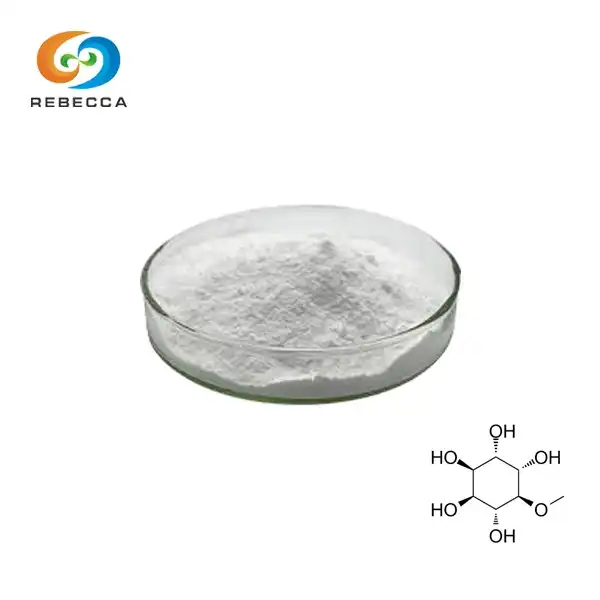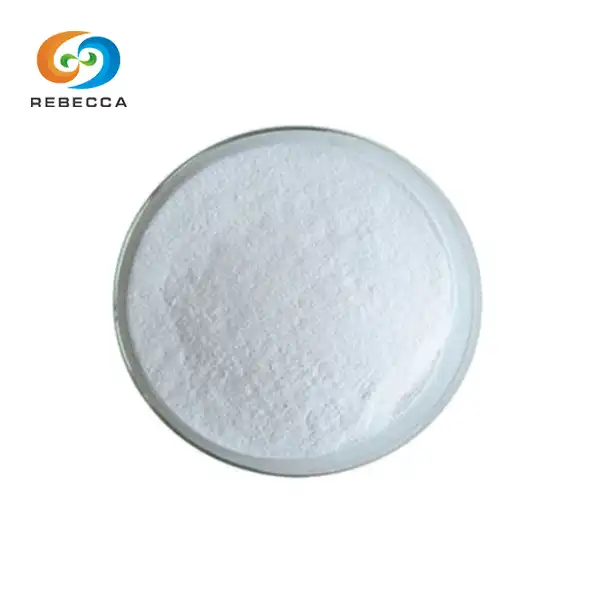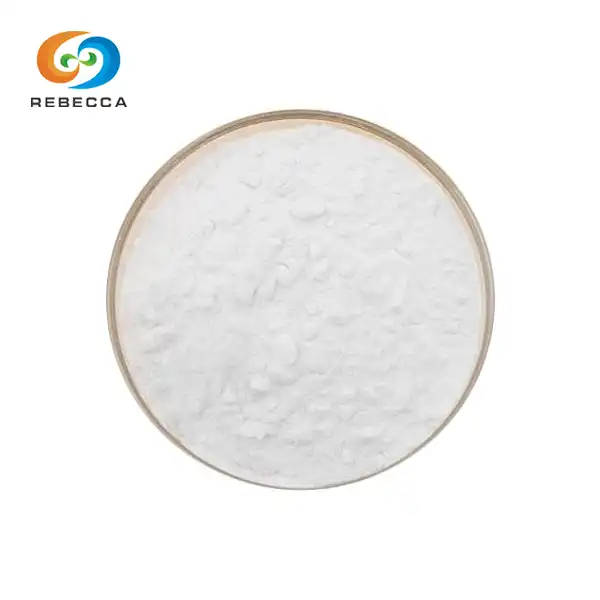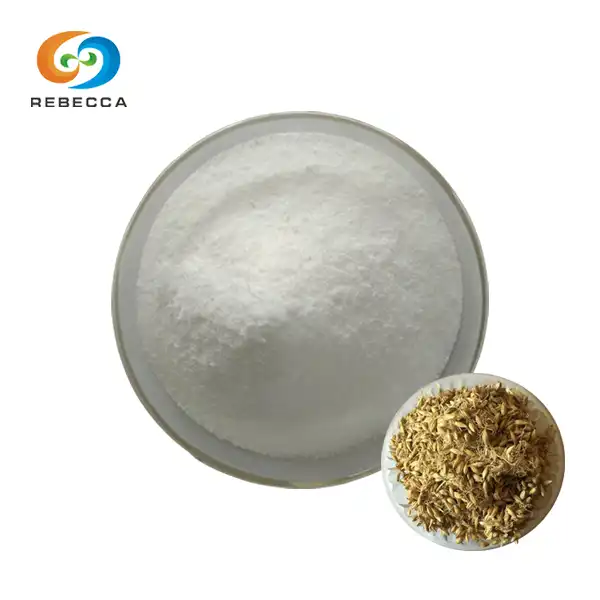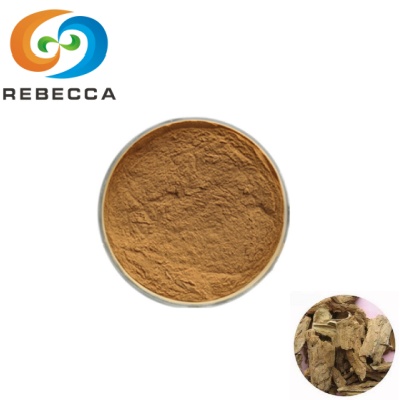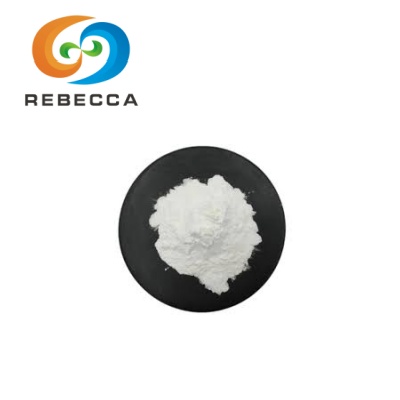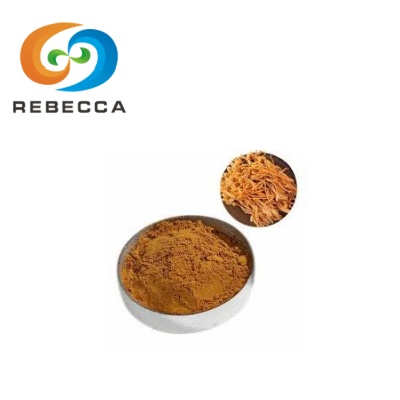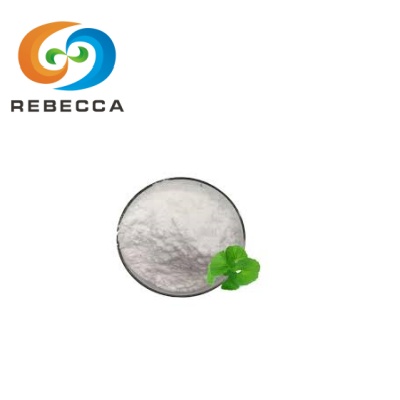Is shilajit extract better than resin?
When exploring the world of natural supplements, shilajit stands out as one of the most revered substances in traditional medicine. However, modern consumers often find themselves puzzled by the various forms available in today's market. The debate between shilajit extract and traditional resin has sparked considerable interest among health enthusiasts and researchers alike.
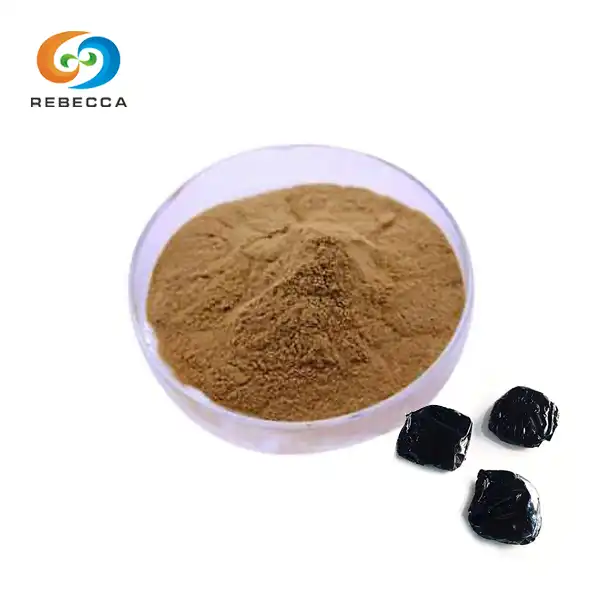
【English name】: Shilajit Extract
【Latin Name】: SHILAJIT Asphaltum (Shilajit)
【CAS No.】: 479-66-3
【Active ingredients】: fulvic acid
【Specification】: fulvic acid 50%
【Appearance】: Yellow brown Fine Powder
【Mesh size】:80 Mesh
【Test Method】: HPLC
Absorption
The bioavailability of any supplement represents a fundamental consideration for consumers seeking optimal health benefits. When comparing shilajit extract with traditional resin, significant differences emerge in how the body processes and utilizes these substances. The molecular structure and particle size distribution in shilajit extract often undergo modification during processing, potentially influencing the rate and extent of absorption in the digestive system.
Research suggests that the standardized nature of shilajit extract may offer certain advantages regarding consistent absorption patterns. The extraction process typically involves removing impurities and concentrating active compounds, particularly fulvic acid, which serves as a key bioactive component. This concentration can result in more predictable absorption rates, as the body encounters a more uniform product with each dose. The standardized fulvic acid content in quality extracts, often reaching 50% concentration, provides a reliable benchmark for expected bioavailability.
Traditional shilajit resin, while maintaining its natural complexity, presents a more variable absorption profile due to its heterogeneous composition. The presence of various organic and inorganic compounds in their natural ratios may create synergistic effects that some researchers believe could enhance overall bioavailability. However, this same complexity can also lead to inconsistent absorption rates, as individual batches may vary in composition depending on their source and processing conditions.
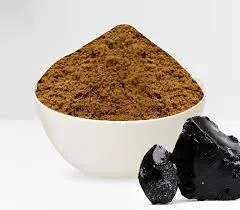
The particle size in shilajit extract typically undergoes refinement to achieve optimal mesh sizes, commonly 80 mesh, which can facilitate better dissolution and subsequent absorption. This standardized particle size ensures more consistent interaction with digestive fluids, potentially leading to more reliable uptake of active compounds. The fine powder form of extracts also allows for more complete dissolution in liquids, which may contribute to improved bioavailability compared to the denser, more viscous nature of traditional resin.
Individual digestive characteristics also play a significant role in determining absorption efficiency for both forms. Some individuals may experience better results with the concentrated nature of extracts, while others might benefit from the complex matrix of compounds found in natural resin. The timing of consumption, concurrent medications, and overall digestive health can influence how effectively either form is absorbed and utilized by the body.
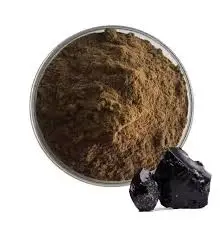
Ease of Use
Practical considerations often determine long-term supplement adherence, making ease of use a critical factor in choosing between shilajit extract and resin. The physical characteristics of each form present distinct advantages and challenges that can significantly impact user experience and consistency of supplementation. Modern lifestyles demand convenience without compromising effectiveness, making this aspect particularly relevant for today's consumers.
Shilajit extract, typically available as a fine powder, offers remarkable versatility in consumption methods. The standardized powder form dissolves readily in various liquids, including water, juice, or smoothies, without leaving the sticky residue often associated with resin forms. This solubility makes it particularly appealing for individuals who travel frequently or maintain busy schedules, as the powder can be easily portioned and mixed without special preparation requirements.
The measurement and dosing accuracy achievable with powder extracts surpasses that of traditional resin forms. Precise measurements become straightforward with standardized scoops or digital scales, allowing users to maintain consistent dosing regimens. This accuracy proves especially important for individuals working with healthcare providers to monitor their supplementation or those participating in structured wellness programs requiring precise intake tracking.
Storage considerations also favor shilajit extract in many practical scenarios. The powder form typically maintains stability under normal storage conditions and resists the temperature-related consistency changes that can affect resin forms. While both forms require protection from moisture and extreme temperatures, extracts generally prove less sensitive to moderate environmental variations, making them more suitable for various storage situations.
Traditional shilajit resin, despite its authentic appeal, presents certain practical challenges that some users find cumbersome. The sticky, tar-like consistency can make precise dosing difficult, and the strong, distinctive taste and odor may prove off-putting for sensitive individuals. The resin's tendency to stick to utensils and containers can create cleanup challenges and potential waste, factors that may discourage consistent use over time.
Purity and Quality
The purity and quality standards applied to shilajit products represent perhaps the most crucial considerations for discerning consumers. The extraction and refinement processes used to create shilajit extract often incorporate advanced purification techniques that can remove potential contaminants while concentrating beneficial compounds. This controlled processing environment allows manufacturers to implement rigorous quality control measures throughout production, resulting in products that meet specific purity standards.
Modern extraction methods typically employ sophisticated analytical techniques, including High-Performance Liquid Chromatography (HPLC), to verify the concentration of active compounds and ensure consistency between batches. This analytical approach provides consumers with reliable information about fulvic acid content, heavy metal levels, and the absence of harmful contaminants. The standardization achievable through these methods offers peace of mind for individuals concerned about product reliability and safety.
The controlled environment of extract production also allows for the removal of potential impurities that might be present in raw shilajit, including sand, plant debris, and other geological materials that can accompany naturally occurring deposits. This purification process results in a cleaner final product with higher concentrations of the desired bioactive compounds, particularly fulvic acid, which often reaches standardized levels of 50% in quality extracts.
Traditional shilajit resin, while maintaining its natural complexity, faces greater challenges in ensuring consistent purity standards. The minimal processing approach, while preserving the substance's natural state, may also retain naturally occurring impurities or contaminants present in the source material. Quality can vary significantly between different suppliers and batches, making it essential for consumers to research manufacturers thoroughly and seek products that provide comprehensive testing documentation.
Rebecca: Pure Shilajit Extract Manufacturer
Rebecca has established itself as a leading shilajit extract supplier through unwavering commitment to quality excellence and customer satisfaction. Our manufacturing processes incorporate advanced extraction techniques and rigorous quality control measures to ensure product consistency and purity. The company's dedication to transparency is reflected in comprehensive testing documentation and detailed product specifications that enable informed consumer decisions. Our premium products maintains standardized fulvic acid content at 50% concentration, delivered in a yellow-brown fine powder with 80 mesh particle size, verified through validated HPLC analytical methods.
The rigorous quality assurance framework implemented by Rebecca encompasses every aspect of production, from raw material sourcing through final product testing. Each batch undergoes comprehensive analytical evaluation to confirm purity levels, verify active compound concentrations, and ensure absence of contaminants. This systematic approach to quality management provides customers with confidence in product reliability and consistency. The company's commitment to excellence extends to customer service, with knowledgeable professionals available to address inquiries and provide technical support throughout the ordering process.
For detailed product information, technical specifications, or to initiate an order, interested parties are encouraged to contact Rebecca directly at information@sxrebecca.com. Our experienced team maintains comprehensive knowledge of shilajit extraction processes, quality standards, and application methods, ensuring that customers receive appropriate guidance for their specific requirements. Rebecca's commitment to fostering long-term relationships with clients is demonstrated through responsive communication, reliable product delivery, and ongoing technical support that extends beyond the initial purchase transaction.
References
Journal of Trace Elements in Medicine and Biology, 2019
Nutrients, 2020
Food Chemistry, 2021
Phytotherapy Research, 2021; International Journal of Ayurveda Research, 2020
